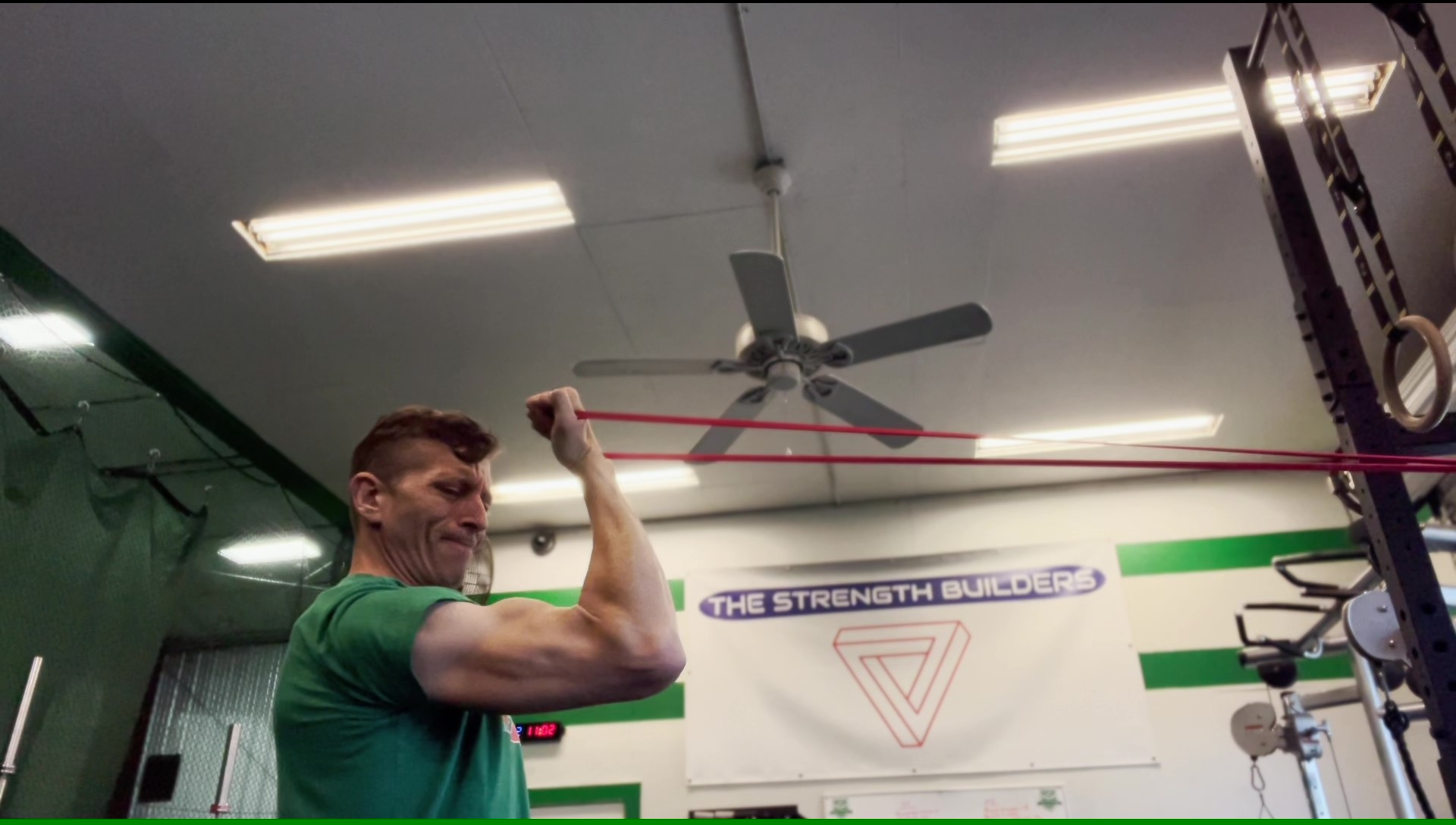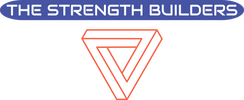In his influential book "Antifragile," author Nassim Nicholas Taleb describes a concept that goes beyond resilience or robustness. Where resilient objects withstand shocks, antifragile ones get stronger. In the world of physical fitness, this concept is deeply resonant. By embracing strength training, mobility training, and cardiovascular training, we can create an antifragile body that not only withstands stress but thrives under it. Let's explore how these principles are intertwined and consider a powerful real-life example.
The Three Pillars of an Antifragile Body
- Strength Training: Just as a structure is only as strong as its weakest link, our bodies need a solid foundation to become antifragile. Strength training helps build this foundation. By progressively increasing resistance, we condition our muscles, bones, and connective tissues to adapt and grow stronger. This not only builds power but fortifies against injuries.
- Mobility Training: Flexibility and stability play vital roles in an antifragile body. Flexibility by itself can make individuals more prone to injuries. On must be able to control their joints through a large percentage of their total flexibility. Mobility refers to being able to control those joints through their range of motion. Mobility training enhances the range of motion and fluidity in our movements, helping us to adapt to unexpected physical challenges. Improved mobility decreases the risk of strain and injury and enables the body to perform more efficiently.
- Cardiovascular Training: Endurance is crucial for overall well-being. Cardiovascular training strengthens the heart, enhances lung capacity, and improves blood circulation. This allows us to sustain prolonged physical effort and contributes to an overall state of readiness to face unexpected physical stressors.
A Personal Journey Towards an Antifragile Body
I recently had the privilege of working with a client who had a profound fear of reinjuring herself. Let's call her Emily. A previous injury had left Emily hesitant and protective of her body. Her movement was restricted, and her confidence was shattered. She felt fragile.
We began our journey with methodical increases in strength training, focusing on stability and control. Slowly but surely, Emily's confidence started to grow. As she developed physical strength, the fear of reinjury began to wane.
Integrating mobility exercises, Emily started to experience the joy of movement again. The fluidity of her movements improved, and she became more adaptable to physical challenges.
Endurance training was the final piece of the puzzle. As Emily's cardiovascular fitness improved, she found herself capable of performing sustained efforts without feeling depleted or at risk of injury.
Emily's body became "bulletproof." Her strength, stability, mobility, and endurance turned her from fragile to antifragile. She didn't just recover from her injury; she surpassed her previous physical capabilities.
My Own Journey Towards an Antifragile Body
Before we conclude, I want to share my personal experience of harnessing the concept of antifragility. A few months ago, I suffered a significant bicep tear. The injury was severe and required surgery and my arm became an emblem of vulnerability rather than strength. However, I saw this not as a setback but as an opportunity to test and prove the principles of building an antifragile body.

Once the initial healing process was over, the real work began. The first phase was regaining mobility. I started with gentle range-of-motion exercises to reintroduce movement without strain. Over time, as my comfort grew, I gradually increased the complexity of these movements to ensure that my repaired bicep tendon could move freely and fluidly.
Next came reintroducing tension through isometric exercises. Here, the focus was to hold my arm in different positions, exerting tension without moving it. This static form of strength training was crucial in teaching my bicep to handle stress again. Isometric exercises were the stepping stones that helped bridge the gap between immobility and dynamic movement.

Once my arm had learned to handle isometric tension, I moved on to traditional concentric and eccentric exercises, both with and without resistance. Gradually reintroducing these contraction and extension movements was like a negotiation with my body, assuring it that it could perform these tasks again without risking further injury.
The final phase of my recovery was preparing the bicep to handle impact. I began catching light objects, progressively increasing their weight over time. This forced the tendon to absorb force, mimicking the unpredictable, dynamic challenges that life often presents.
My journey back from a bicep tear was a testament to the power of the antifragile concept. The process not only restored my bicep's functionality, but it also gave me an arm that was stronger and more resilient than before. I didn't just recover—I evolved.
In retrospect, the tear was not a downfall but an opportunity for growth. By respecting and understanding my body's ability to adapt and improve, I transformed a setback into strength. Just as my client Emily did, I moved from fragility to antifragility.
Conclusion
The antifragile concept isn't just a philosophical idea. It's a practical framework that we can apply to our physical well-being. By embracing strength, mobility, and cardiovascular training, we condition our bodies to not only withstand stress but to grow from it.
Emily's transformation is a testament to the power of a comprehensive training approach. Her journey from fear and fragility to strength and adaptability is an inspiring example of how we all have the potential to build antifragile bodies.
In the pursuit of physical fitness, perhaps the ultimate goal is not merely to survive challenges but to thrive because of them. By fostering an antifragile body, we equip ourselves with the ability to adapt, grow, and excel, no matter what life throws our way.

